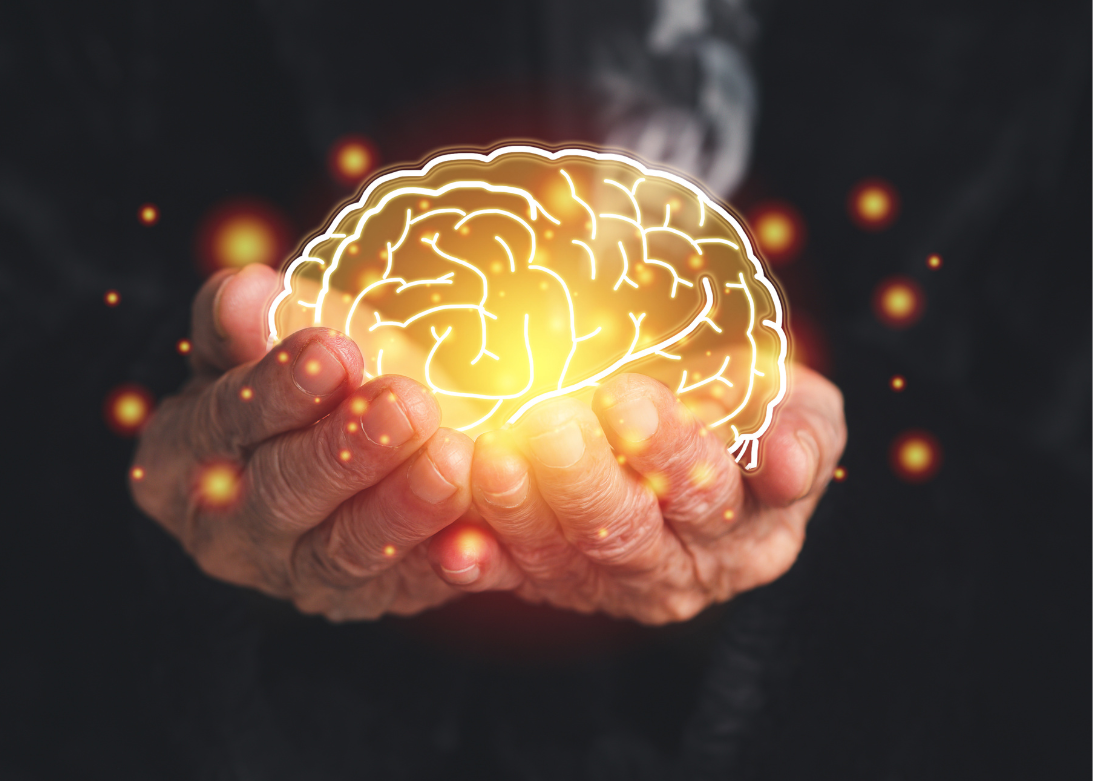Understanding Epilepsy: A Comprehensive Overview
Epilepsy is a neurological disorder that has intrigued and puzzled scientists, doctors, and individuals for centuries. Often misunderstood and shrouded in myths, epilepsy is a condition that warrants understanding, awareness, and empathy. This blog aims to provide a comprehensive overview of epilepsy, shedding light on its causes, symptoms, diagnosis, treatment, and the impact it has on the lives of those affected.
What is Epilepsy?
Epilepsy is a chronic neurological disorder characterized by recurring seizures. Seizures are episodes of abnormal, excessive electrical activity in the brain, which can lead to a wide range of physical and mental manifestations. These seizures can vary greatly in their intensity, duration, and outward appearance, contributing to the complexity of the condition.
Causes and Triggers
Epilepsy can be caused by a variety of factors, ranging from genetics to brain injuries, infections, and developmental disorders. In some cases, there may be no identifiable cause. Genetic predisposition plays a role in certain types of epilepsy, highlighting the importance of understanding family history. Brain injuries resulting from traumatic accidents, infections like encephalitis, and brain tumors can also trigger epilepsy.
Symptoms and Types
The symptoms of epilepsy are diverse and can manifest in various ways. Seizures can cause convulsions, muscle spasms, altered consciousness, unusual sensations, and even temporary loss of awareness. There are different types of seizures, classified into two main categories: focal (partial) seizures and generalized seizures. These categories further branch into various subtypes, making each individual's experience with epilepsy unique.
Diagnosis and Treatment
Diagnosing epilepsy requires a comprehensive evaluation that includes a detailed medical history, physical examination, neurological tests, and sometimes brain imaging. Electroencephalograms (EEGs) play a crucial role in monitoring brain activity and identifying abnormal patterns.
Treatment approaches for epilepsy encompass a spectrum of options. Medications, known as antiepileptic drugs (AEDs), are the primary treatment method. AEDs work by stabilizing the electrical activity in the brain and reducing the likelihood of seizures. For some individuals, surgery may be considered to remove the specific brain area responsible for triggering seizures. Additionally, dietary therapies and implantable devices like vagus nerve stimulators can also aid in seizure management.
Impact on Daily Life
Epilepsy's impact extends beyond physical symptoms. Individuals with epilepsy may experience challenges related to driving restrictions, employment opportunities, and social interactions due to the unpredictability of seizures. This can lead to feelings of isolation and anxiety. Education and awareness are essential in dispelling misconceptions and promoting inclusivity.
Conclusion
Understanding epilepsy is crucial in fostering empathy and support for those living with the condition. By debunking myths and arming ourselves with accurate information, we can create a more inclusive society. Through ongoing research, improved treatments, and a compassionate approach, we can work towards enhancing the quality of life for individuals affected by epilepsy and helping them thrive within their communities.
Empowering Life with Epilepsy: Special Steps for a Brighter Journey
Living with epilepsy brings unique challenges that can be met with special measures, ensuring safety, well-being, and a fulfilling life. Epilepsy, marked by recurring seizures, requires a strategic approach for effective management. In this blog, we'll explore some key steps that can enhance the quality of life for those on this epilepsy journey.
Key Management Strategies:
- Know Your Triggers: Certain factors like lack of sleep, stress, specific foods, or flashing lights can trigger seizures. Recognizing these triggers helps minimize seizure risk. Keep a diary noting activities, emotions, and possible triggers to spot patterns.
- Stick to Medication Plans: Medications are often vital for controlling seizures. Following your prescribed medication schedule is essential. Set alarms, use pill organizers, and build medication routines into your day to stay on track.
- Stay Safe: Safety is a priority. For those prone to seizures, taking precautions is wise. Avoid risky activities during possible seizure times, like swimming alone. Wearing a medical alert bracelet with seizure info can aid first responders.
- Driving Considerations: Driving rules vary, but many places limit driving for people with uncontrolled seizures. Understand local regulations. If driving is restricted, explore other transportation options for independence.
- Work and School Support: Openly communicate with coworkers, teachers, and peers. Educate them about epilepsy for understanding. Having a seizure action plan and learning seizure first aid in schools or workplaces ensures safety.
- Emotional Well-being: Handling the emotional side of epilepsy matters. Seek support from loved ones or professionals if needed. Joining epilepsy support groups connects you with a supportive community.
- Healthy Choices: A healthy lifestyle improves seizure control and overall health. Prioritize regular exercise, balanced eating, stress management, and adequate sleep. Consult professionals before making big changes.
- Learn Seizure Responses: Training in seizure response can be empowering. Knowing how to provide first aid during a seizure and educating those around you creates a safer environment.
In conclusion, mastering life with epilepsy involves unique steps. Recognize triggers, stay on top of medications, ensure safety, seek support, make healthy choices, and learn seizure responses. By embracing these measures, individuals with epilepsy can live full lives while managing their condition effectively.
Epilepsy: What You Need to Know?
It is estimated that 70% of people with epilepsy could live seizure-free if accurately diagnosed and treated. Epilepsy is a chronic brain condition affecting around 50 million people worldwide. Epilepsy is characterized by recurrent seizures (brief episodes of involuntary movements of the body). Seizure episodes result from excessive electrical discharges in a group of brain cells.
Types of Seizures
Focal seizures (just one area of your brain is involved during a seizure) are of 2 types depending on the degree of consciousness during the seizure activity:
- Without loss of consciousness
- With impaired awareness
Generalized seizures (when all areas of the brain are involved during a seizure) are of 6 types:
- Absence seizures: typically occur in children and are characterized by staring into space with or without subtle body movements like eye blinking or lip smacking.
- Tonic seizures: cause stiff muscles and may affect consciousness.
- Atonic seizures or drop seizures: cause a loss of muscle control, mainly in the legs.
- Clonic seizures: are characterized by repeated or rhythmic jerking muscle movements.
- Myoclonic seizures: are sudden, brief jerks or twitches and usually affect the upper body, arms, and legs.
- Tonic-clonic seizures: known as grand mal seizures, can cause an abrupt loss of consciousness and body stiffening, twitching, and shaking.
What are the symptoms of epilepsy?
Symptoms may vary depending on the type of seizure. Some of the common signs and symptoms include:
- Temporary confusion
- Uncontrollable jerking movements (arms and legs)
- Stiff muscles
- A staring spell
- Loss of consciousness or awareness
- Disturbances in sensation (including vision, hearing, and taste)
- Psychological symptoms such as fear, anxiety, or depression
What Can Cause Epilepsy?
Certain factors that contribute to epilepsy include:
- Genes: that cause epilepsy run through families. There is a high chance that people born in those families inherit those specific genes.
- Head trauma: from a car accident or other traumatic injuries can cause epilepsy.
- Brain abnormalities: such as brain tumors or vascular malformations can cause epilepsy.
- Stroke: is a major cause of epilepsy in adults.
- Infections: such as meningitis, HIV, viral encephalitis, and some parasitic infections can cause epilepsy.
- Prenatal injury: is the injury to the brain before birth due to an infection, or oxygen deficiencies or nutritional deficiencies may result in epilepsy.
- Developmental disorders: such as autism can cause epilepsy.
Complications of Epilepsy
Having a seizure at certain times can lead to dangerous and life-threatening circumstances, such as:
- Falling
- Drowning
- Car accidents
- Pregnancy complications
- Emotional health issues
- Permanent brain damage
- Sudden unexpected death in epilepsy (SUDEP)
People with frequent tonic-clonic seizures or whose seizures are not controlled by medications may be at higher risk of SUDEP.
Diagnosis
A doctor makes an epilepsy diagnosis based on symptoms, physical signs, and the results of tests such as an electroencephalogram (EEG), computed tomography (CT or CAT scan), or magnetic resonance imaging (MRI).
Treatment of Epilepsy
Medication: Doctors begin epilepsy treatment with certain anti-seizure medications. Up to 70% of people living with epilepsy could become seizure-free with the appropriate use of anti-seizure medicines. If medications do not treat the condition, doctors may propose surgery or another type of treatment.
Surgery: Surgery can be an option when medications fail to provide adequate control over seizures. Surgery for epilepsy can reduce the frequency or intensity of seizures or even stop them completely. Most surgical procedures involve removing the area of the brain where seizures occur or implanting a device in the brain.
Types of Epilepsy Surgery
- Open surgery: The surgeon makes an incision through your scalp and creates a hole in the skull (craniotomy). They locate the area of the brain causing seizures and remove it.
- Temporal Lobectomy: Another open surgery and the most successful form of epilepsy surgery. It requires an incision through your scalp and skull, and the procedure removes the temporal lobe.
- Laser Interstitial Thermal Therapy (LITT): A less invasive way to treat intractable epilepsy. The surgeon uses magnetic resonance imaging (MRI) to target the area of your brain causing seizures. With the help of a thermal laser, the targeted area is destroyed, leaving surrounding areas undamaged.
- Pacemaker Implantation: A small, battery-powered device implanted in the skull, with wires that lead from the device into your brain. The device monitors brain activity and records seizures, sending electrical signals to disrupt and prevent seizures.
Learn All You Can About Dementia
Dementia is the loss of mental skills that affect your daily activities. It can cause problems with your memory, thought control, and judgment. Your chances of having dementia increase as you get older.
What Are the Symptoms of Dementia?
Early symptoms may appear sometime before a diagnosis of dementia. These include:
- Memory Loss
- Difficulty Concentrating
- Difficulty in Carrying out Daily Tasks
- Struggling to Communicate or Find the Right Word
- Confused About Dates and Events
- Mood Changes
- Being Repetitive
No two persons with dementia will experience the same symptoms.
What are the Causes of Dementia?
Most Common Cause – Alzheimer's Disease
Other causes:
- Conditions that damage brain cells
- Loss of blood flow or nerve damage in the brain
- Long-term alcohol or drug use
Dementia cannot be cured or prevented, but treatment may slow or reduce your symptoms.
What Increases Your Risk for Dementia?
- Family History
- Diabetes or Blood Pressure
- A Head Injury, Brain Tumor, or Stroke
- Toxins Such as Alcohol or Cigarette Smoke
- Lack of Activity or Exercise
- Infections
Dementia is not a natural part of aging, so it is important to talk to a general physician if you are worried about memory problems.
How Is Dementia Diagnosed?
Your doctor will ask about the cause of dementia by asking questions like medical history and performing imaging tests like:
- Medical History
- Mental Function Testing
- Memory Testing
- MRI (Magnetic Resonance Imaging) or CT (Computerized Tomography) scan
How is Dementia Treated?
Treatment of dementia depends on the underlying cause. Some medications can help protect the brain or manage symptoms such as anxiety or behavior changes:
- Dementia medicines: help to slow the decline in your memory
- Antipsychotics: to improve your behavior and control anger or violence
- Antianxiety medicine: to reduce anxiety and keep you calm
- Antidepressants: to help improve your mood and reduce your symptoms of depression
The aim of treatment is to help you keep your current health for as long as possible.
Can dementia be prevented?
Dementia is hard to prevent because the cause is not known. Your overall health can benefit from these strategies and might help in preventing dementia:
- Stop Smoking
- Maintain healthy weight
- Exercise Regularly
- Consume healthy diet
- Manage health problems (diabetes, blood pressure, and cholesterol)
- Learn new hobbies (reading or solving puzzles)
- Stay involved in social activities (community activities or support groups)
Can Dementia Be Treated by Surgery?
- There is currently no cure for dementia.
- If brain tumors cause dementia, they can be treated with surgery.
- Medications can temporarily improve symptoms and functioning and may slow the progression of the disease.
Everyday Care for People with Dementia
People with dementia experience changes in thinking, remembering, and reasoning that affect daily routine and need help with everyday tasks:
- Try to stick to a schedule, such as taking a daily shower, getting dressed, and eating
- Help the person write appointments, to-do lists, and events in a notebook or calendar
- Plan activities the person enjoys and try to do them simultaneously each day
- Set reminders to help those who must take medications regularly
- Encourage a two-way conversation
- Provide proper nutrition
- Buy shower chairs at drug stores to prevent falls while bathing
- Be gentle and respectful
Dementia Vs Alzheimer's Disease
Dementia: A brain related disorder caused by diseases and other conditions. Some forms are temporary, reversible and can be cured. Can occur at any age.
Alzheimer's Disease: A common type of dementia. Cannot be reversed or cured. Occurs in older ages.
Myths and Facts of Dementia:
- Myth: Dementia only affects older people
Fact: Age is a risk factor for dementia but can affect younger adults also
- Myth: If a family member has dementia, you will get it too
Fact: Some forms of dementia do have a genetic component, but this is not true in all cases
Understanding Dementia: Types, Symptoms, and Risk Factors
Dementia is a complex cognitive condition that affects millions of individuals globally, presenting profound challenges for patients and their families. In this comprehensive blog, we'll delve into the different types of dementia, explore the array of symptoms, and investigate the factors that contribute to an elevated risk of developing this condition.
Types of Dementia
Dementia isn't a single disease but rather an umbrella term encompassing several distinct types, each with its unique characteristics:
- Alzheimer's Disease: This is the most prevalent type of dementia, characterized by progressive memory loss and cognitive decline. As it advances, it impacts the individual's daily functioning and independence.
- Vascular Dementia: Caused by impaired blood flow to the brain, vascular dementia results in memory problems, difficulties with reasoning, and sometimes sudden changes in cognitive abilities.
- Lewy Body Dementia: This type is known for fluctuating cognitive abilities, visual hallucinations, and motor symptoms like Parkinson's disease.
Common Symptoms
Dementia's symptoms can vary, but certain hallmarks are consistent:
- Memory Loss: A notable decline in memory function, especially short-term memory.
- Disorientation: Confusion about time, place, and even personal identity.
- Communication Challenges: Struggles with finding words, understanding language, and expressing thoughts.
- Behavioral Changes: Mood swings, irritability, and sometimes inappropriate behaviors.
Risk Factors
Various factors contribute to an individual's vulnerability to dementia:
- Age: The risk significantly increases with age, with the majority of cases occurring in individuals over 65.
- Genetics: Family history and certain genetic factors can play a role in predisposing individuals to dementia.
- Lifestyle: Unhealthy habits such as poor diet, lack of exercise, smoking, and excessive alcohol consumption increase the risk.
- Medical Conditions: Conditions like diabetes, high blood pressure, and high cholesterol also elevate the risk.
Early Detection and Management
- Importance of Early Diagnosis: Early intervention can help manage symptoms and plan for the future.
- Cognitive Assessments and Tests: Doctors employ cognitive tests, brain imaging, and medical history to diagnose and differentiate between types of dementia.
- Supportive Care and Interventions: While there's no cure, therapies and interventions can alleviate symptoms and improve quality of life.
- Medications and Therapies: Medications can help manage symptoms, and therapies like cognitive stimulation therapy and reminiscence therapy provide cognitive benefits.
Prevention Strategies
Taking steps to reduce the risk of developing dementia is essential:
- Mental Stimulation: Engaging in mentally stimulating activities like puzzles, reading, and learning new skills.
- Healthy Lifestyle: Eating a balanced diet, staying physically active, avoiding smoking, and moderating alcohol intake.
- Social Engagement: Maintaining social connections and participating in activities that involve interaction.
Yoga for Dementia Care: Simple Ways to Bring Comfort and Connection
Dealing with dementia isn't easy, but there's a calming and beneficial solution you might not have considered: yoga. Let's explore how simple yoga practices can improve the lives of those with dementia and the caregivers supporting them.
Understanding Yoga's Benefits
Yoga isn't just about physical poses; it's a powerful tool that can provide multiple benefits for dementia care:
- Physical Well-Being: Yoga's gentle movements can enhance flexibility and balance, promoting overall physical health.
- Mental Calmness: Breathing and meditation in yoga help reduce stress and anxiety, bringing mental relief.
- Mind Engagement: Yoga poses involve coordination and memory, keeping the mind active and engaged.
- Social Interaction: Group yoga sessions create opportunities for social interaction, reducing feelings of isolation.
Simple Yoga Approaches for Dementia Care
Introducing yoga to someone with dementia doesn't have to be complicated. Here are easy ways to get started:
- Gentle Poses: Choose poses that are simple and comfortable, focusing on gentle stretches and movements.
- Breathing Exercises: Teach relaxed breathing techniques to encourage relaxation and peace.
- Rhythmic Movements: Pair yoga with soothing music or gentle rhythmic movements for added enjoyment.
- Guided Sessions: Follow along with guided yoga sessions led by experienced instructors who understand dementia care.
Benefits for Caregivers Too
Caregivers can also benefit from practicing yoga:
- Stress Relief: Yoga helps caregivers manage their stress and emotional well-being.
- Bonding Time: Doing yoga together creates a sense of connection and shared experiences.
- Mindfulness and Patience: Yoga cultivates mindfulness and patience, essential qualities for caregiving.
Creating a Comfortable Environment
Make the yoga experience comfortable and enjoyable for everyone:
- Familiar Spaces: Choose a quiet and familiar space to minimize distractions.
- Simple Instructions: Use clear and easy instructions to prevent confusion.
- Routine Integration: Add yoga to daily routines for consistency and comfort.
Choosing the Right Yoga Approach
Various yoga styles can be adapted for dementia care:
- Gentle Yoga: Slow and gentle movements for relaxation and flexibility.
- Chair Yoga: Seated poses for those with limited mobility.
- Mindfulness-Based Yoga: Breathing and relaxation techniques for stress reduction.
Consulting Professionals
Always consult experts before starting:
- Healthcare Advice: Seek advice from healthcare professionals to ensure safety.
- Experienced Instructors: Work with experienced yoga instructors who understand dementia care.
Conclusion
Understanding the nuances of dementia is vital for supporting affected individuals and families. Recognizing the different types, being familiar with symptoms, and understanding risk factors contribute to early detection and improved management. Through continued research and raising awareness, we can create a more compassionate and informed world for those impacted by dementia.
Bringing yoga into dementia care is simpler than you might think. By tailoring yoga to individual needs, creating a cozy environment, and seeking guidance from professionals, you can introduce a calming and enriching element to the lives of those facing dementia and their caregivers.







.jpeg)




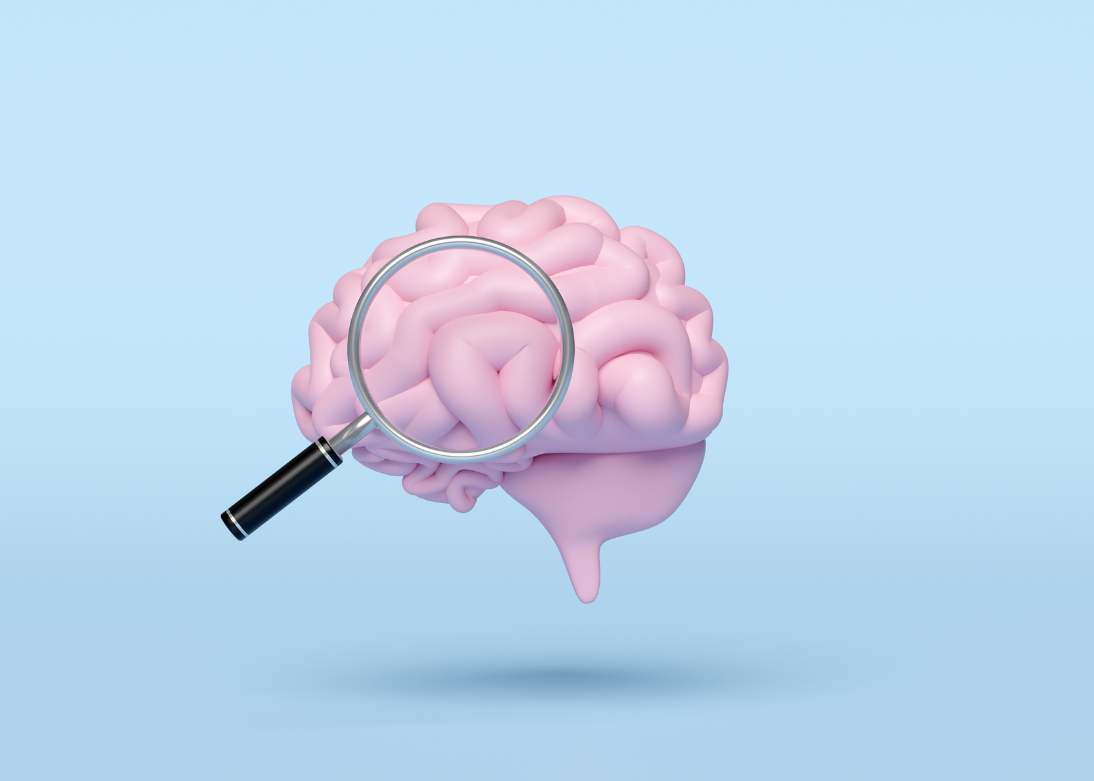
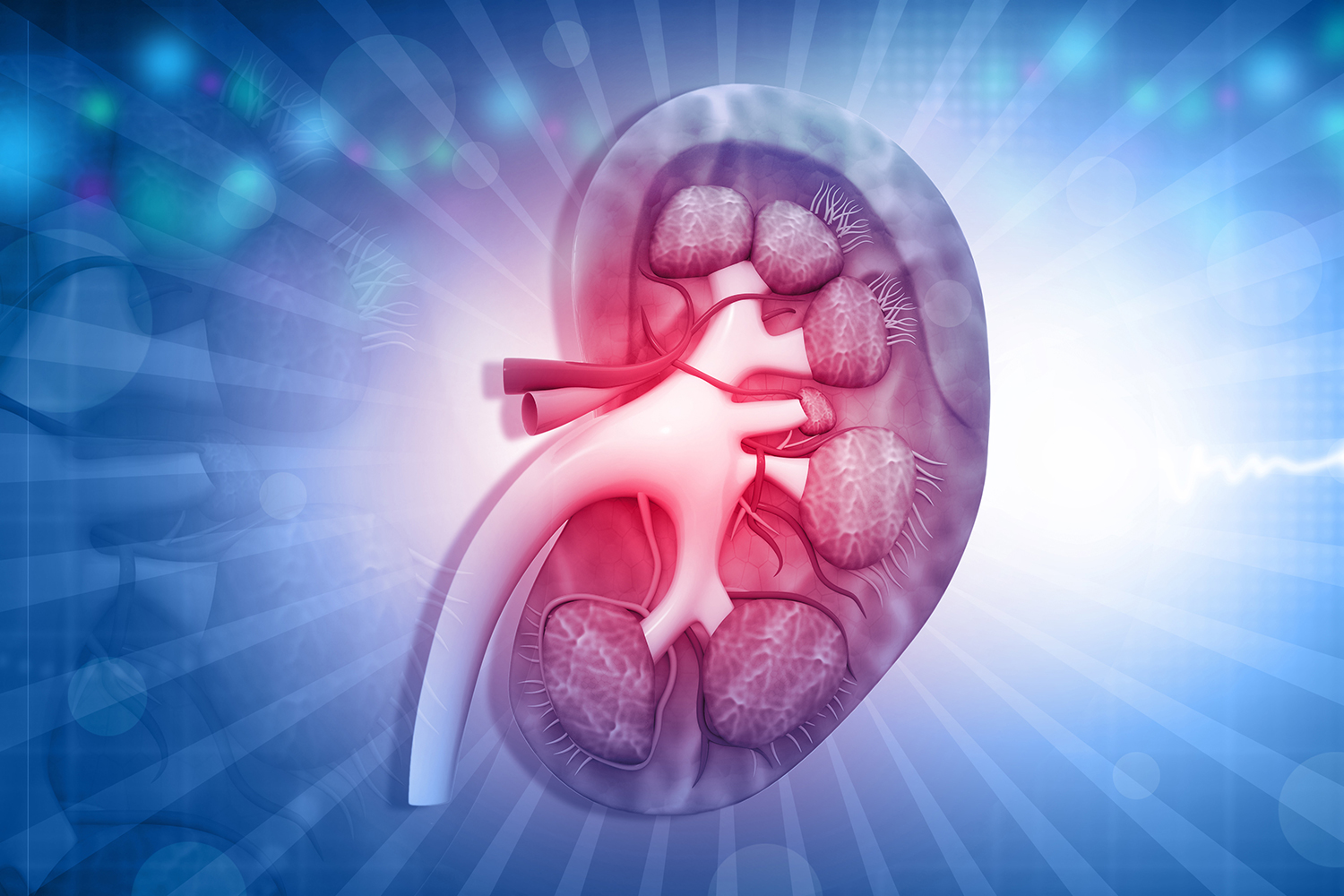
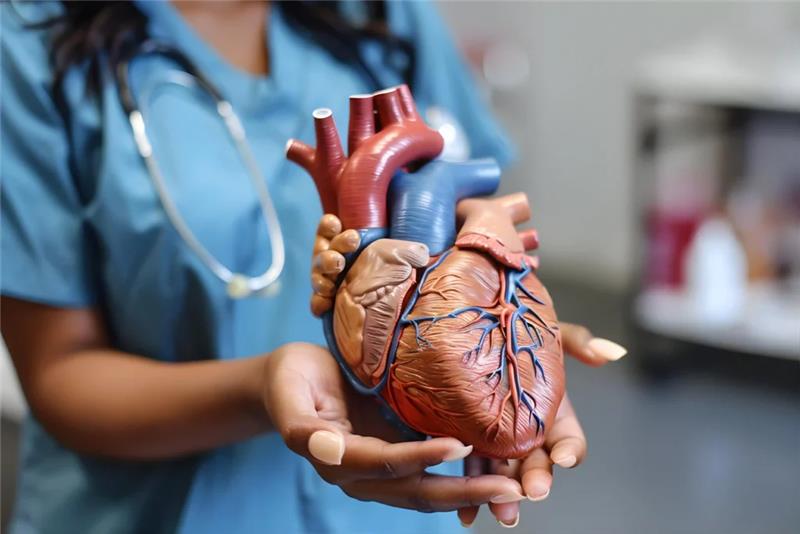

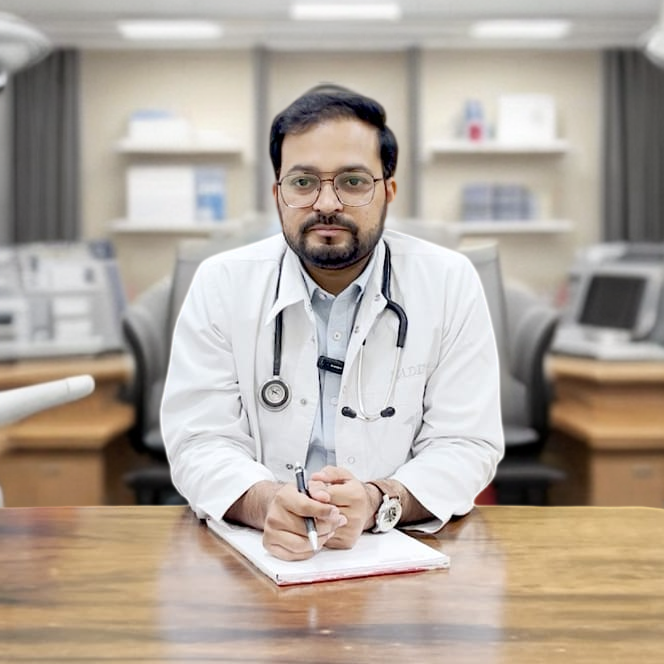
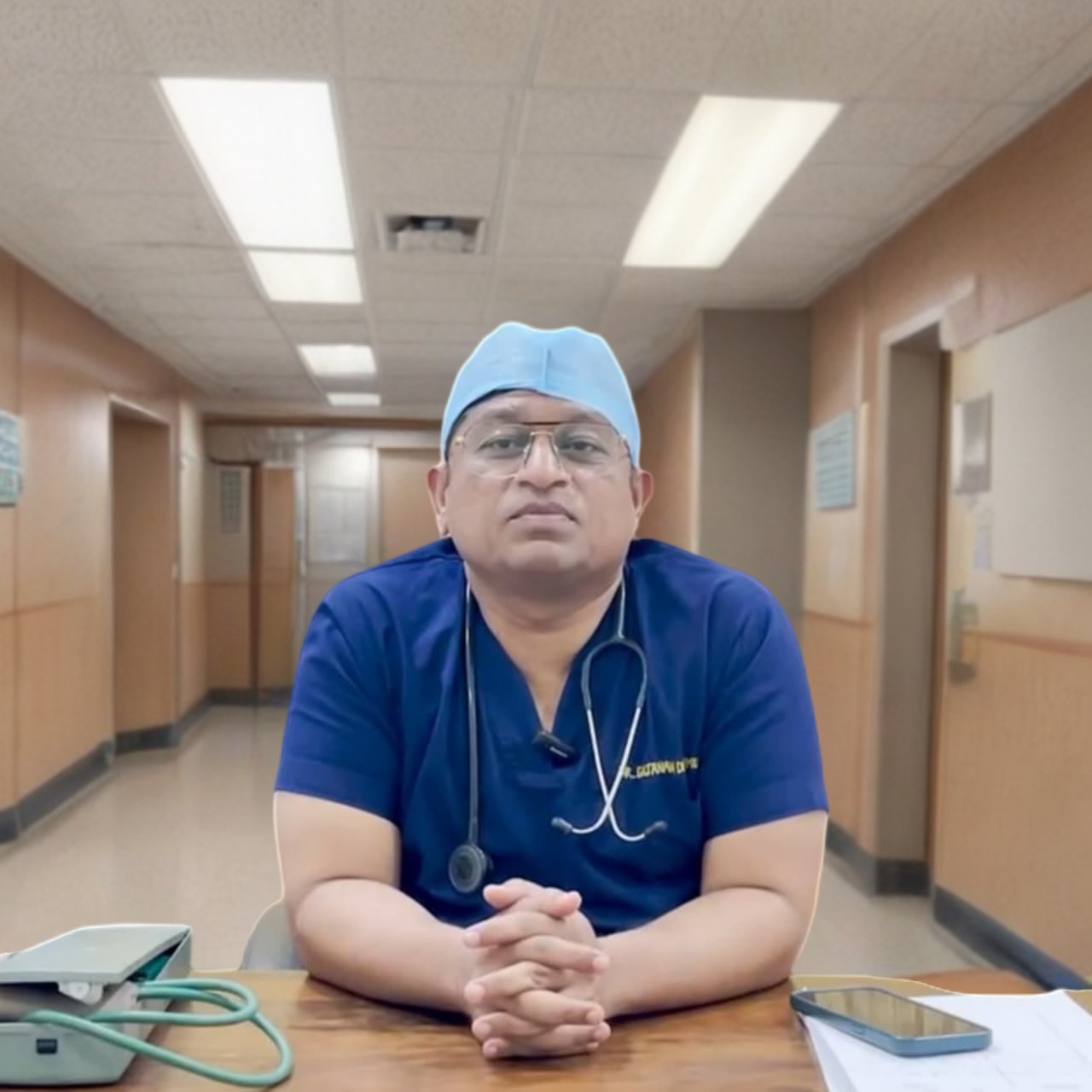








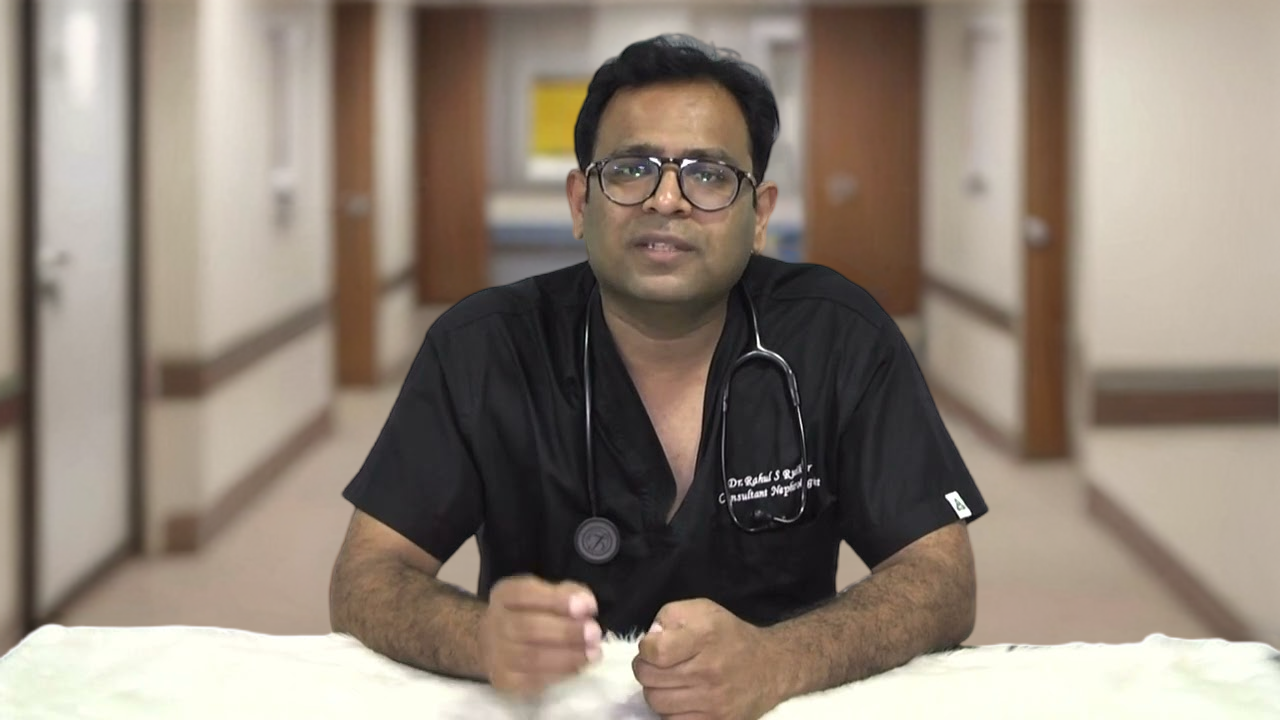

.png)
.png)
.png)




